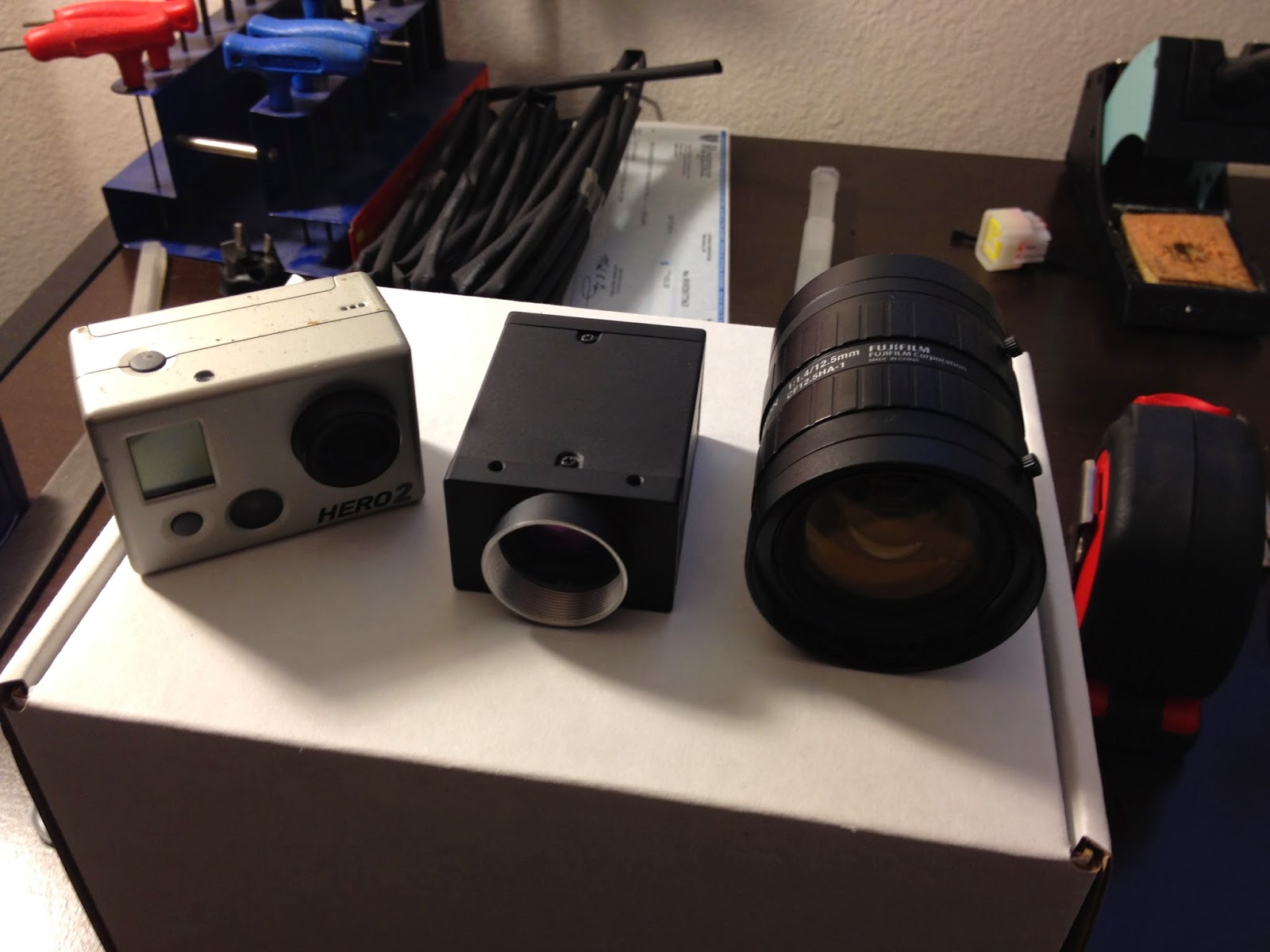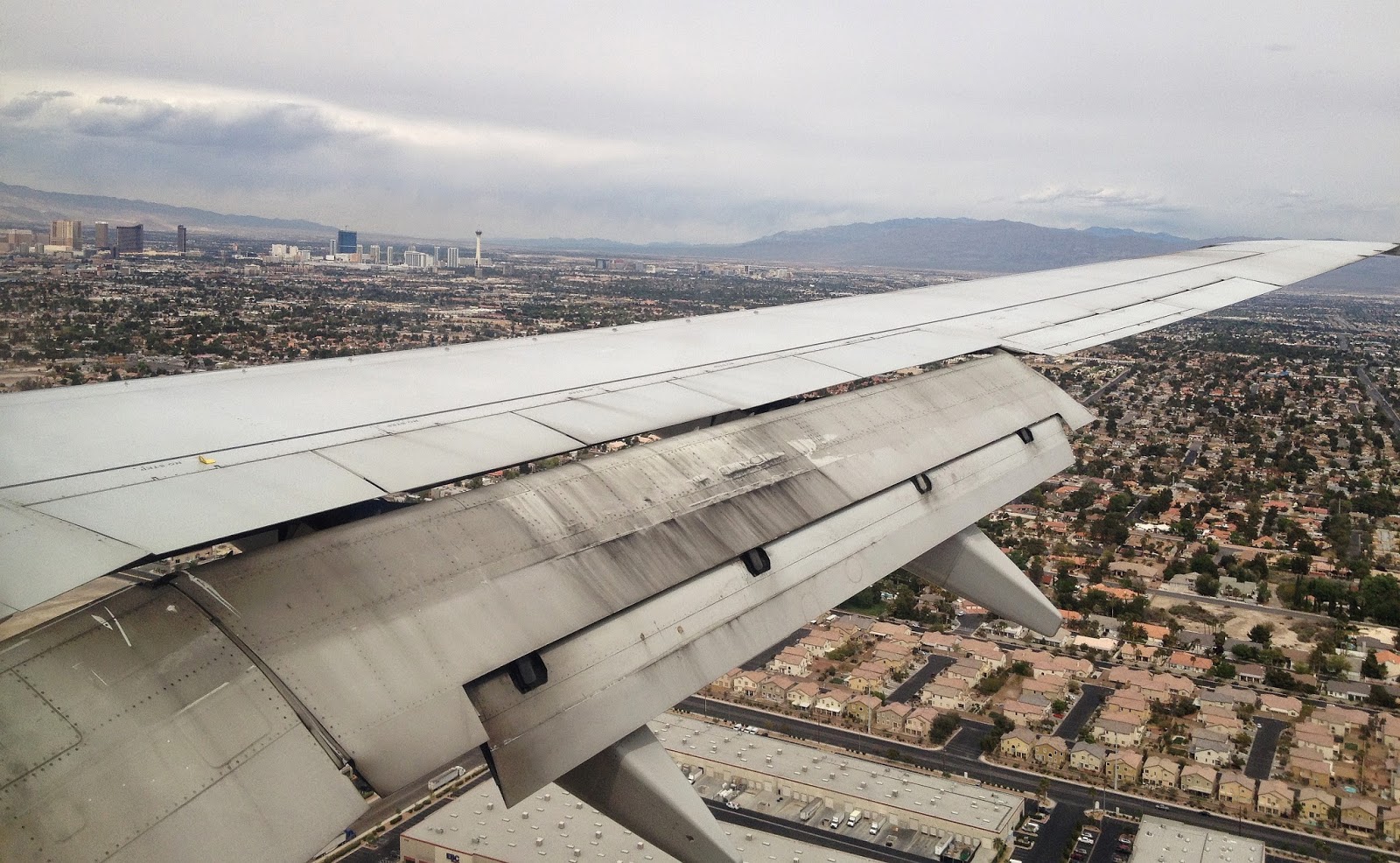Last year the Blackmagic Pocket Cinema Camera (BMPCC) was annouced at NAB and at the time I thought I might be interested in getting one. It's a really awesome camera because of its size and ability to shoot raw, wide dynamic range HD video, at a reasonable price. My only worry was that is was small enough that I might try to fly it on a smaller-than-adequate multirotor and crash. There's also the Panasonic GH3 (and new 4K GH4 coming soon), which is well-known for its extremely good video quality. It has the same interchangeable lens format (MFT) as the BMPCC.
But I also really like the camcorder format - specifically, a built-in zoom lens and optical stabilization. The BMPCC and GH3/GH4 (and other dSLRs that are out of my price range) have the advantage of large-format sensors that can collect lots of light, something that most camcorders with integrated zoom lenses suck at. But I did find an exception: the Sony HDR-CX900/B (2K) and FDR-AX100/B (4K), both with awesome 1" sensors. Sample footage from the FDR-AX100/B is especially impressive.
So with those as my top choices I considered the pros and cons decided on...
 |
| ...none of the above. |
And here's why: Everything I ever take video of is moving, and moving quickly. Not only that, but the camera usually is moving quickly to keep up. And every single one of those cameras has a rolling shutter, which is something that in my mind I can't understand how the world has come to accept (kind of like Hulu ads that are longer than TV commercial breaks). Looking at the end of this FDR-AX100 test video, it goes from "wow that is the sharpest-looking cat video I have ever seen on the internet" to "okay this is actually broken," in my view. So my solution to the problem was to run away from the consumer market entirely and get a machine vision camera with a global shutter. Specifically, a Point Grey Grasshopper 3 (GS3-U3-23S6C-C):
 |
| It's actually a tiny thing! |
The body is smaller than a GoPro, but that's a pretty meaningless metric as I will explain shortly. As a machine vision camera, there are no shortage of inexpensive CCTV and scientific lenses for it. And this particular one has a color Sony IMX174 1/1.2" CMOS sensor, which is supposed to be quite good. Most machine vision cameras with global shutter use a CCD, but this new Sony global-shutter CMOS is interesting and hopefully will appear in a Sony camcorder soon, at which point maybe I rejoin the normal world. (Probably not; I am a terrible consumer because I usually think I could build things better from scratch...) But for now, the only way to get this sensor is in an industrial block camera like this.
 |
| No that's not a DB9 port...it's a USB3.0 mini-B. |
 |
| Bill Kerman makes an excellent imaging test subject... |
Anyway, the downside of a machine vision camera is that it's missing some (most?) parts a camera normally comprises. You've got a sensor, an FPGA for image processing, and a USB3.0 port. The rest is left as an exercise to the user. In effect, you are tied to a computer for recording the video. It's worth mentioning that the idea of an external recorder is not uncommon in high-end video cameras, so this isn't that unusual. But I did sort-of go in the opposite direction as the highly-integrated camcorder that I wanted. For now, anyway.
The benefits make up for it, I think. For starters, it can shoot up to 162 frames per second at 1920 x 1200 resolution. This is in 8-bit raw mode, so the data rate is 1920 x 1200 x 162 Bytes/s = 373MB/s. (For speed calculation, I'm treating 1MB as 1,000,000 Bytes, not 1,048,576 Bytes.) Color processing of the raw Bayer filter sensor data can be done on either side of the USB3.0 transfer, but for maximum frame rate it is left to the host computer. As for what happens to the data: if it can be written to hard drive space fast enough, it is. If not, as is the case on my laptop, it can be buffered in RAM.
 |
| Hrm, time to get an SSD I guess... |
The RAM buffer is pretty common in high-speed cameras, but it means your record time is limited. The rate at which raw video chews through RAM is impressive. A fast SSD might just be able to keep up with the USB3.0 data rate, if there are no other bottlenecks in the system. For now, though, I just stuck to short bursts at the not-quite-maximum frame rate of 120fps:
I was playing with different video modes: mostly raw grayscale images and color-processed H.264 compression. (The H.264 encoding seems to be faster than the HDD write speed at the moment.) But yeah, it's certainly capable of high-quality HD video at 4-5x slow motion. At lower resolutions, it can go to even higher frame rates, mostly limited by the USB3.0 data rate.
Did you notice the global shutter? Freeze any of the frames with a propeller in it and the prop is visible in its normal shape...not something ranging from a banana to a boomerang depending on the shutter speed. The shutter can also be set as low as 5μs, meaning you can stop just about anything short of a bullet with enough light. (Ping-pong balls are relatively easy to stop even at ~2ms shutter speed and normal warehouse lighting, as was demonstrated.)
The shutter can be synchronized with an external digital signal. So I can do this, but without a strobe gun. (Side note: You can see the rolling shutter wreaking havoc on the strobe in that video, and this one too, creating bands of light and dark as part of the image is shuttered with the strobe on and part of it with the strobe off.) The shutter sync works both ways too; it can also output a digital signal that is synchronized to the shutter. I have plans for this feature as well...
One other interesting characteristic of this sensor is that it has quite good low-light performance. This is useful for high-speed video since it can make the most out of the photons it gets with a very fast shutter. But it's also interesting to play with on its own. For example, I can image Bill Kerman in almost pitch black:
It's not nearly as impressive as the Sony A7s low-light demo, but it does produce quite nice video even at night, using the on-board color processor to do some gamma correction. Here's some video taken with just the slightest hint of light left in the sky:
I have no ideas what kind of ISO it can achieve, and it's not a published specification for this camera. (If I had to take a ballpark guess I would say ISO 2000+ with acceptable noise levels? I have almost no feel for that metric, though, so I'll have to try metering it against something.) But it's good compared to any video camera I've owned. Probably not quite as good as a full-frame dSLR. But combined with the global shutter, I think it can do some very interesting night shooting.
So far so good...I have many planned uses for this thing. The next step, though, will be un-tethering it...


















